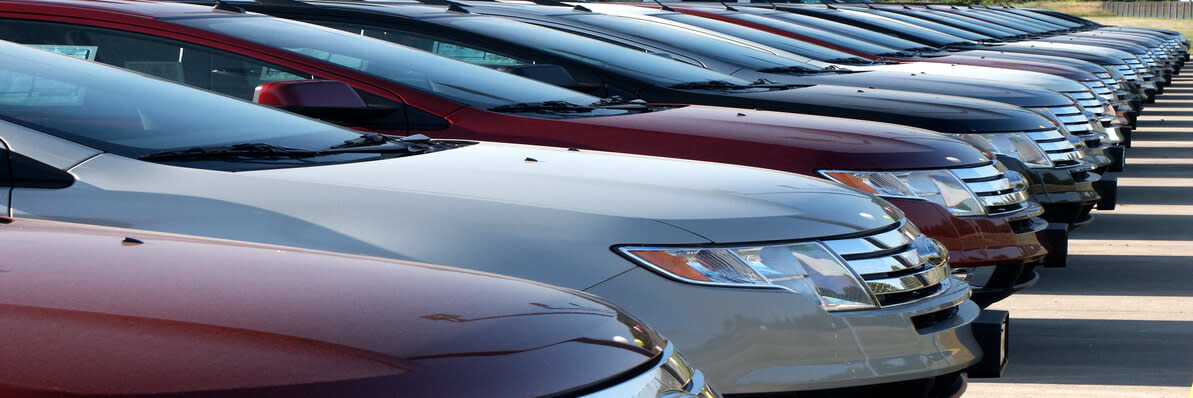How a well-designed vehicle improves your fuel economy
Once you have made sure your drivers are all driving economically, knowing the weight and how aerodynamic your vehicles are the next step to reduce your fuel economy – sometimes the smallest tweak on a design can make a significant financial difference to your fuel spend.
Aerodynamics or weight?
The first thing to think over is whether you should be focussing on reducing the weight of your vehicles so that they require less fuel power to travel or whether you should be focussing on aerodynamic add-ons and designs that mean your vehicles cause less turbulence and drag.
Reducing the weight of a vehicle will also mean that you can carry more - but you do need to make sure you don’t compromise strength in your quest to have a light vehicle.
In contrast, aerodynamic features like cab roof aerofoils or teardrop-shaped trailers on HGVs lessen the amount of air resistance as the air flies past your vehicle, meaning it takes less fuel to move forward. However, an aerodynamic design means a vehicle usually has a higher upfront cost. Even if aerodynamics only lowers your drag coefficient by 0.03, that could still be 3/10 of a mile per gallon in fuel economy.
Will aerodynamics work for you?
Something to keep in mind is that there is no one-size fits all solution, and that aerodynamics may not work the best for your fleet because of how your vehicles are used. If your vehicles are mostly stuck to 30pmh roads, for example, aerodynamics will only improve your fuel consumption by 1%.
However, at 40mph or higher, you can achieve fuel savings of up to 10% with aerodynamic low-cost actions like placing the load as near to the headboard as you can and covering empty containers (like skips or the back of a pick-up truck). This is because, due to something names the Coanda Effect, the air travelling past a moving vehicle attaches itself to the vehicle’s surface and remains attached even when the surface curves away from the initial jet direction. The more disturbance of the air from dips, blocky shapes or containers, the more turbulence and drag, so the more fuel needed to travel against the air current.
Royal Mail have looked into streamlining the air around their trucks to make them more efficient using the Coanda Effect. Taking technology from Formula One cars, the trucks push their exhaust up and out, causing a gas ‘cone’ that directs the airflow in a more aerodynamic way, pushing the lorry forwards.
Don’t forget the design
The principles of aerodynamics are fixed and non-negotiable, but vehicles need to be stylish too. No matter how aerodynamic your vehicle is, if no one buys it then it’s a failure. A lot of aerodynamics are moving towards something called active aero, which is mostly invisible. Not only does it mean that cars can stay aerodynamic without compromising on design, it actually helps power the vehicle along by creating less drag and more downforce when needed, like going round corners.
Overall, considering the aerodynamics of your vehicle(s) means they can travel further for every litre of fuel. Similarly, making sure your vehicle is loaded correctly or containers are covered will help this even further. While lighter vehicles can help in the short term, a well, aerodynamically built vehicle has the capacity to save a lot more.
